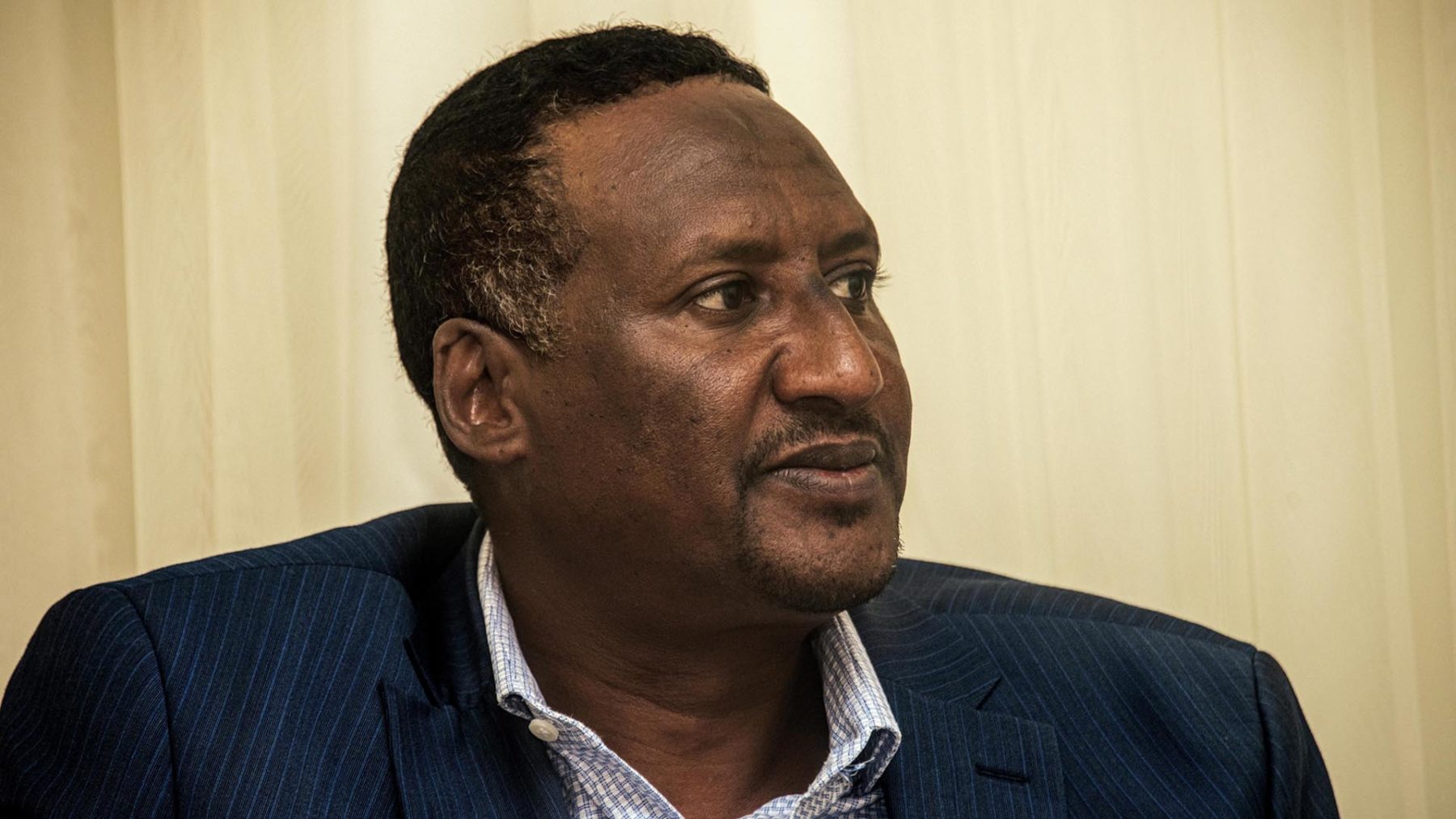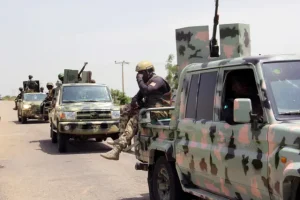Israel’s US-backed aid model: what’s actually being delivered?

Aid efforts are finally underway in the besieged Gaza Strip but after three months of Israel’s total blockade, incoming food rations might be woefully inadequate to meet the scale of the catastrophe.
After queueing for hours in the punishing midday heat, millions of starving Palestinians are forced to push through packed crowds for “four cans of tuna, packets of Spaghetti, and a liter of oil,” reports the Middle East Eye.
Israel allowed the inflow of aid after mounting international criticism of its draconian blockade that has pushed 2.1 million Gazans to the brink of famine. Since May 27, the Gaza Humanitarian Foundation (GHF), with the backing of Israel and the U.S., has been distributing food rations.
Having snubbed the United Nations Agency for Palestinian Refugees (UNRWA) as biased towards Hamas, Israel has replaced traditional UN-led aid distribution with its own model. The GHF consists of a few heavily guarded hubs run by American contractors, administering aid under tight security.
This move, clearly aimed to wrest control of aid from the UN and local organizations, has sparked widespread criticism from human rights groups, who warn that the arrangement cannot sufficiently address the severity of the crisis. Worse, it could allow Israel to leverage food as a tool of control over Gaza’s desperate population.
Each box of aid distributed by the GHF is meant to feed around 5.5 people for three and a half days. Yet several recipients have said rations fall short of basic survival needs. Typical contents include 1 liter of cooking oil, 2kg of rice, 4kg of flour, 1kg of beans, four cans of tuna, some jars of preserves, biscuits, tea bags, and several packets of spaghetti.
Critically, water, cooking fuel medicines, hygiene products, baby formula, and essential supplies for children and infants, are missing.
The head of the United Nations Agency for Palestinian Refugees (UNRWA) has condemned the model as a “distraction from atrocities” underway, highlighting the dangerous overcrowding of the distribution centers.
So far, only two of the four planned distribution centers are operational, and both are in the sparsely populated ruins of Rafah. Most Palestinians are therefore forced to walk long distances, through multiple checkpoints for reprieve.
On May 28, only two days into the operation, Gaza’s Government Media Office reported that 10 Palestinians had been killed and 62 injured while trying to reach an overwhelmed aid distribution point west of Rafah.
One recipient described the system as “useless,” saying, “Only the strong get something.”
Middle East Eye/ Maghrebi
Want to chase the pulse of North Africa?
Subscribe to receive our FREE weekly PDF magazine













